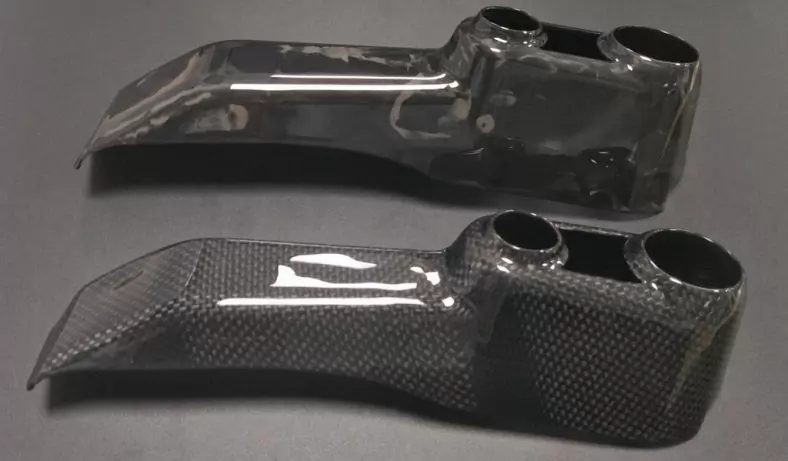
Carbon fiberIt is the second generation of high-performance composite materials after glass fiber. It has excellent performance and moderate price, and is widely used in various industries. Compared with glass fiber and carbon fiber, it has great advantages. Although the reinforcement effect of glass fiber is good, it cannot be called a high-performance composite material, and the modulus and strength of carbon fiber are recognized.Carbon fiber reinforced composites (CFRC) offer a range of advantages and disadvantages, making them suitable for specific applications. CFRCs are composite materials that combine carbon fibers with a matrix material, typically a polymer resin. Here are some of the main advantages and disadvantages of carbon fiber reinforced composites:
The Advantages Of Carbon Fiber Reinforced Composites
- High Strength-to-Weight Ratio: CFRCs are known for their exceptional strength-to-weight ratio, making them significantly stronger and lighter than traditional materials like steel or aluminum. This property makes CFRCs ideal for aerospace, automotive, and sporting goods industries where weight reduction is crucial for improved performance and fuel efficiency.
- Excellent Stiffness and Rigidity: Carbon fibers provide high stiffness and rigidity to the composite, resulting in materials that can withstand substantial loads and stresses without excessive deformation. CFRCs are favored in applications where structural integrity and dimensional stability are vital.
- Corrosion Resistance: Carbon fibers are inherently resistant to corrosion, making CFRCs well-suited for use in harsh environments or applications exposed to moisture, chemicals, or corrosive substances.
- Fatigue Resistance: CFRCs exhibit excellent fatigue resistance, allowing them to withstand cyclic loading and stress without suffering from fatigue failure over time. This property is valuable in applications subjected to repetitive loading, such as in aerospace or automotive components.
- Tailorable Properties: The properties of CFRCs can be tailored to meet specific application requirements by adjusting the fiber orientation, matrix material, and manufacturing process. This flexibility allows engineers to optimize the material for various applications.
- Electrical Conductivity: Carbon fibers are electrically conductive, making CFRCs suitable for applications requiring electrical conductivity, such as in aerospace and electronic components.
The Disadvantages Of Carbon Fiber Reinforced Composites
- High Cost: One of the significant drawbacks of CFRCs is their relatively high production cost. Carbon fibers are expensive, and the manufacturing processes for CFRCs can be labor-intensive and require specialized equipment, leading to higher material costs.
- Brittle Behavior: While CFRCs have excellent stiffness, they can exhibit brittle behavior under certain conditions. Unlike metals that yield and deform before failing, CFRCs tend to fail suddenly and catastrophically once their ultimate strength is exceeded.
- Susceptibility to Impact Damage: CFRCs are susceptible to impact damage and delamination, which can compromise the material’s integrity. Special care is needed to protect CFRC components from accidental impacts or damage.
- Anisotropic Properties: CFRCs have different mechanical properties in different directions due to the orientation of carbon fibers. This anisotropic behavior can complicate the design and analysis of CFRC structures, requiring careful consideration of load direction.
- Environmental Concerns: The manufacturing process of carbon fibers and CFRCs involves the use of energy-intensive processes and potentially harmful chemicals, which can raise environmental concerns.
- Recycling Challenges: Recycling CFRCs can be challenging due to the complex nature of the material and the difficulty in separating the carbon fibers from the matrix material. This can result in limited end-of-life recycling options for CFRC components.
Carbon fiber reinforced composite materials have the advantages of low density, high strength, corrosion resistance, fatigue resistance, and low thermal expansion coefficient. Its fatigue resistance is very amazing, it can be maintained in the working state for a long time without deformation or breakage, and even metal cannot compare with it. Carbon fibers are not corroded by acids, alkalis, salts, and organic solutions, and can be used as materials for drilling in offshore oil fields. Before the use of carbon fiber, the material used for drilling in offshore oilfields was generally metal, which was easily corroded. Carbon fiber is very light in weight, does not require a lot of effort in material transportation, and is easy to operate.
At present, carbon fiber is used in industries such as sports goods, machining, etc. Although it is more widely used, there are still many fields waiting to be developed. For example, it is used to manufacture space stations, make microphones, amplifiers and other audio materials. The biggest disadvantage of carbon fiber reinforced composites is that they are brittle and easy to break. This shortcoming makes its machining very difficult.
Due to the high hardness, if the force is too small, it is difficult for ordinary machines to perform machining such as drilling, but if the force is too large, it is easy to break, which is more troublesome. To solve this problem, you can use glass fiber or aramid fiber mixed with carbon fiber weaving. This not only retains flexibility, strength and hardness, but also more convenient to process. Carbon fiberIt is the second generation of high-performance composite materials after glass fiber. It has excellent performance and moderate price, and is widely used in various industries. Compared with glass fiber and carbon fiber, it has great advantages. Although the reinforcement effect of glass fiber is good, it cannot be called a high-performance composite material, and the modulus and strength of carbon fiber are recognized. The advantages of carbon fiber reinforced composite materials are discussed in detail below.
In conclusion, carbon fiber reinforced composites offer numerous advantages, including high strength-to-weight ratio, stiffness, and corrosion resistance. However, they also come with disadvantages such as high cost, brittleness, and recycling challenges. The choice of using CFRCs depends on the specific requirements of the application and the trade-offs between performance, cost, and environmental considerations.
-
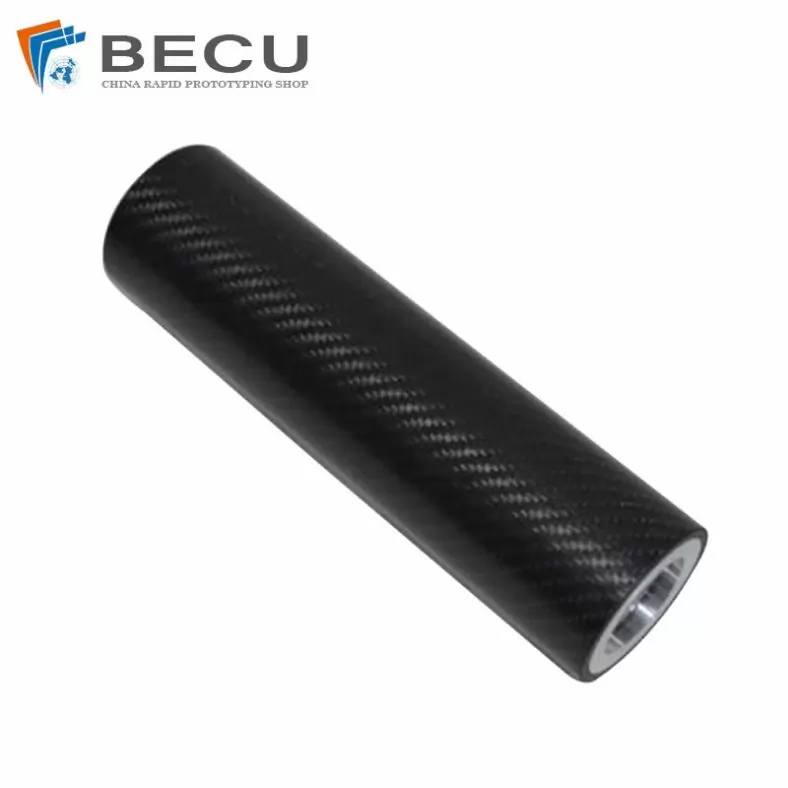
Carbon Fiber Roller By Precision Cnc Turning
-
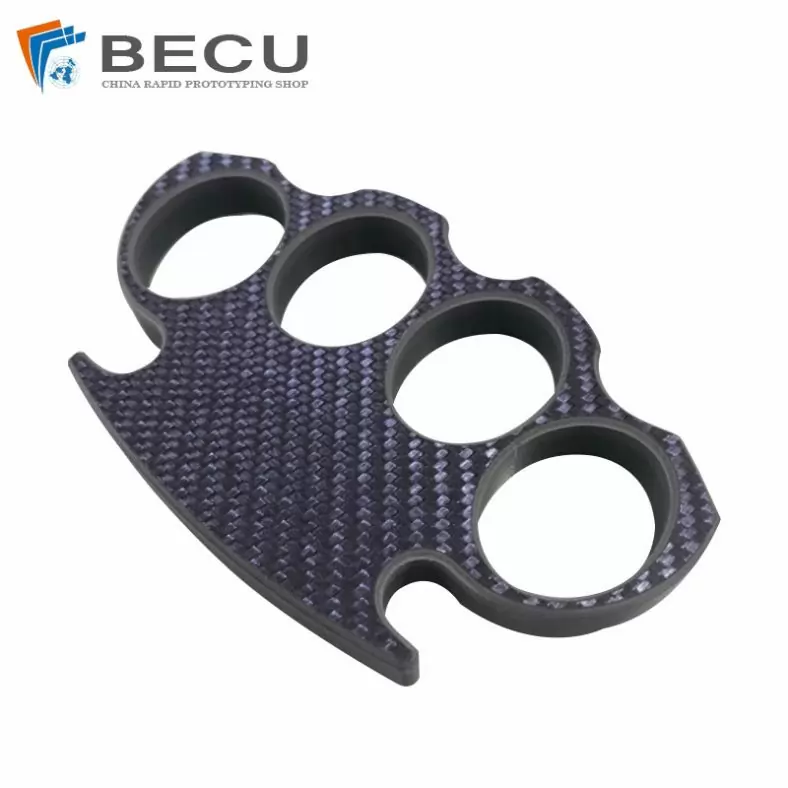
Cnc Milling Carbon Fiber Finger Buckle
-
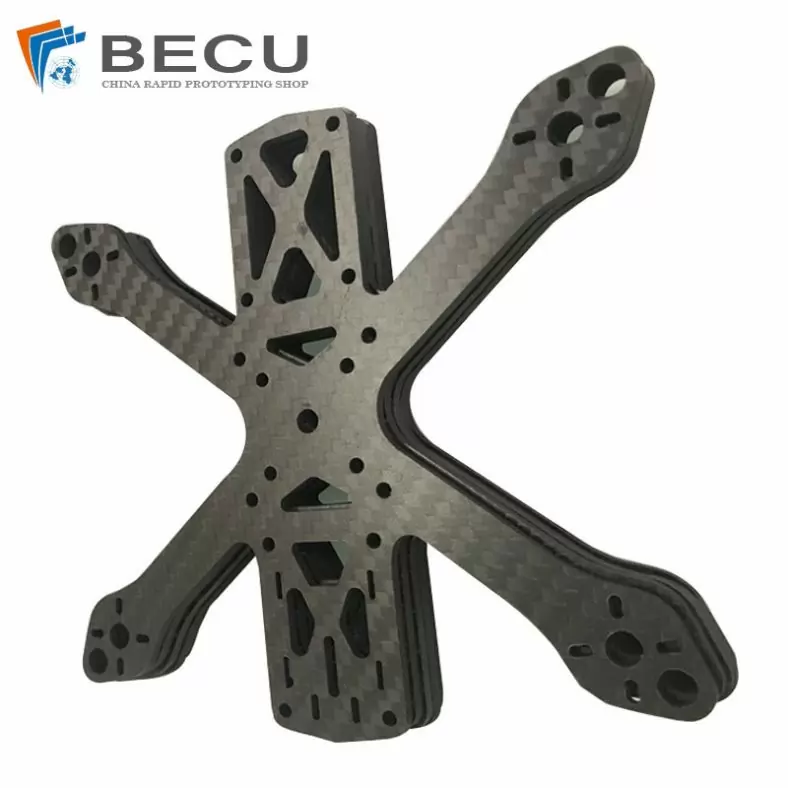
Laser Cutting Carbon Fiber Drone Rack
-
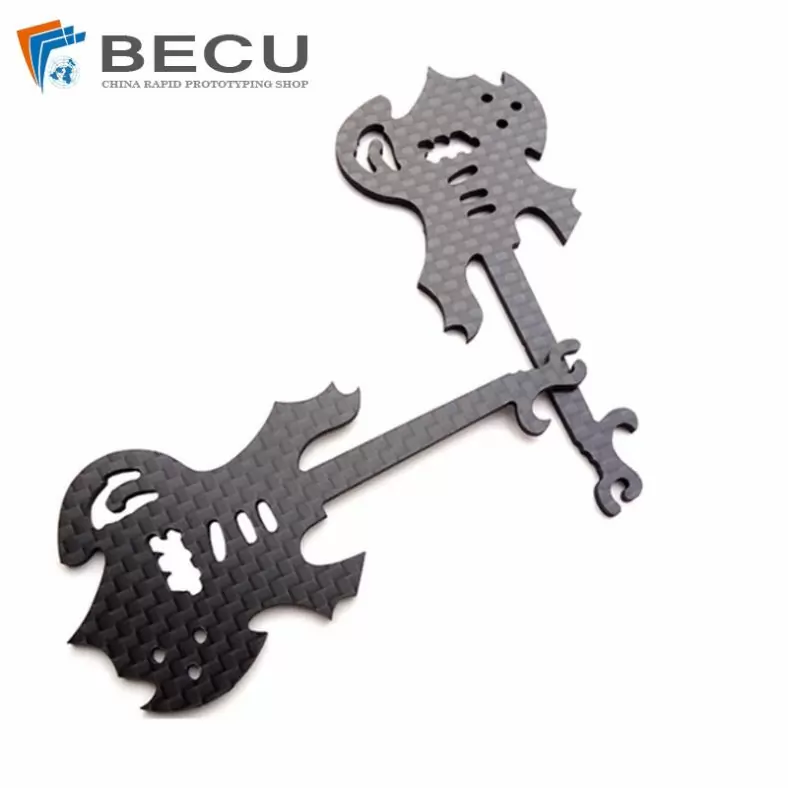
Laser Cutting Carbon Fiber Guitar Shape Crafts
-
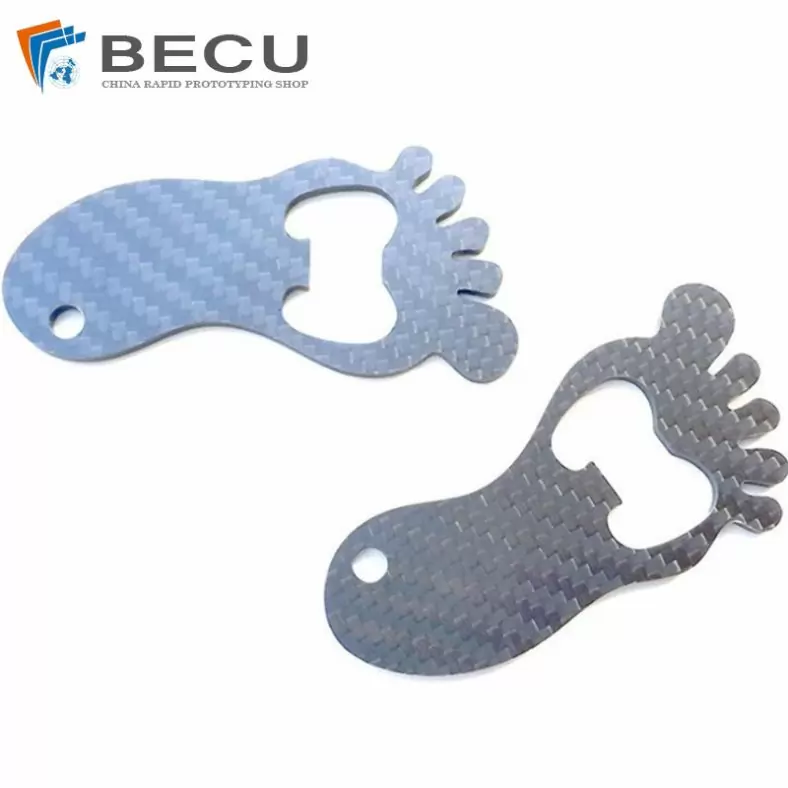
Carbon Fiber Luggage Tag Ornaments
-

Cnc Turning Industrial Copper-Aluminum Clad Carbon Fiber Machinery Parts
-
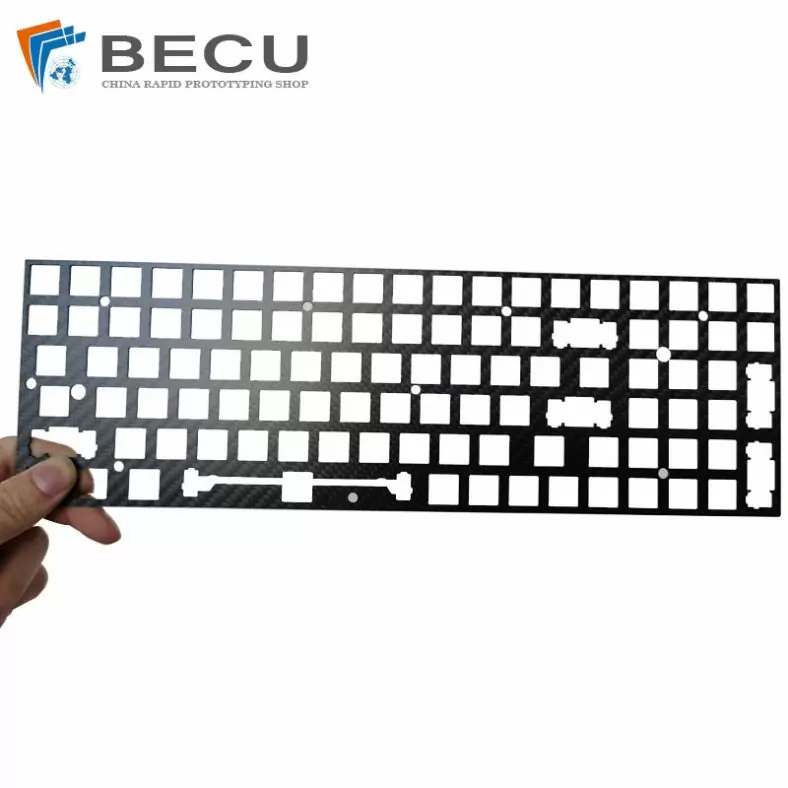
Laser Cutting Carbon Fiber Positioning Keyboard
-

3D Printing Short Fibre Filled Wires
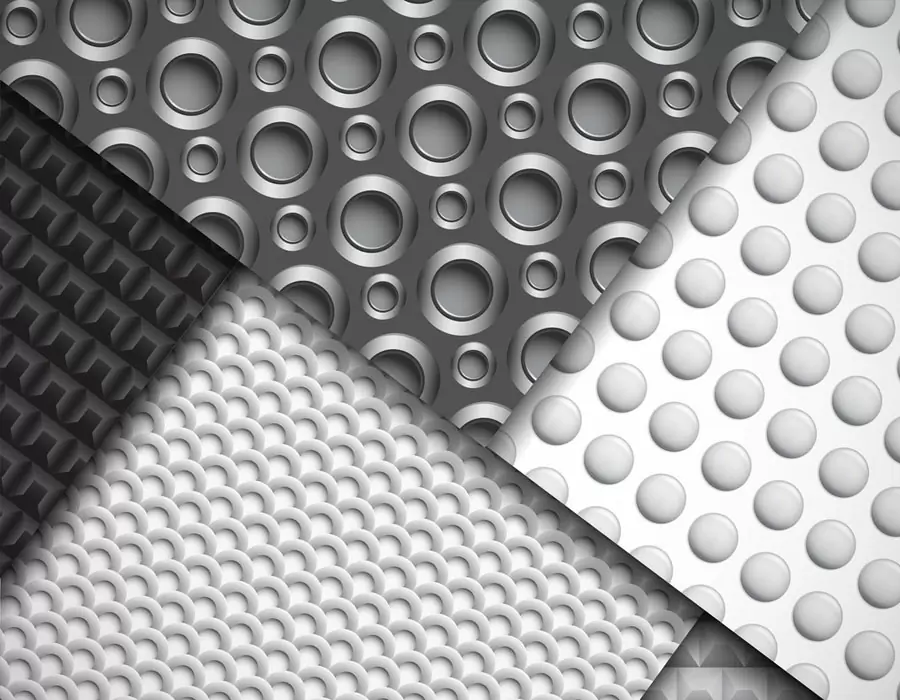
ISO 9001 certified. BE-CU Prototype Offering CNC machining carbon fiber and other manufacturing services for carbon fiber marterial. Various capabilities include notching, labeling, drilling carbon fiber, grinding, laser cutting carbon fiber, finishing, plating, marking, CNC milling carbon fiber and turning carbon fiber.We stock high quality 3k carbon fiber sheet in a variety of thickness, types and finish. Its a great material used in applications where light weight and strength are needed such as drones. Unlike other workshops, we have no min order and are often filling orders with a single part. We also don’t make you pay for the full sheet and you only get charged for what is used. With a large selection of material, you should find everything you need to make your project come to life. We are also able to handle larger production runs and provide a competitive pricing. If we don’t have the material or finish you require, we are more the willing to look at bringing it in for you.
What Is Carbon Fiber?Carbon fiber is made of polyacrylonitrile (PAN) (or pitch, viscose) and other organic fibers by carbonization (removal of most elements except carbon) by pyrolysis method under inert gas at high temperature above 1,000 °C. Inorganic polymer fibers with a carbon content of more than 90%.
-

3D Printing Continuous Fibres
-

3D Printing Short Fibre Filled Wires
-

Laser Cutting Carbon Fiber Positioning Keyboard
-

Cnc Turning Industrial Copper-Aluminum Clad Carbon Fiber Machinery Parts
-

Carbon Fiber Luggage Tag Ornaments
-

Laser Cutting Carbon Fiber Guitar Shape Crafts
-

Laser Cutting Carbon Fiber Drone Rack
-

Cnc Milling Carbon Fiber Finger Buckle
